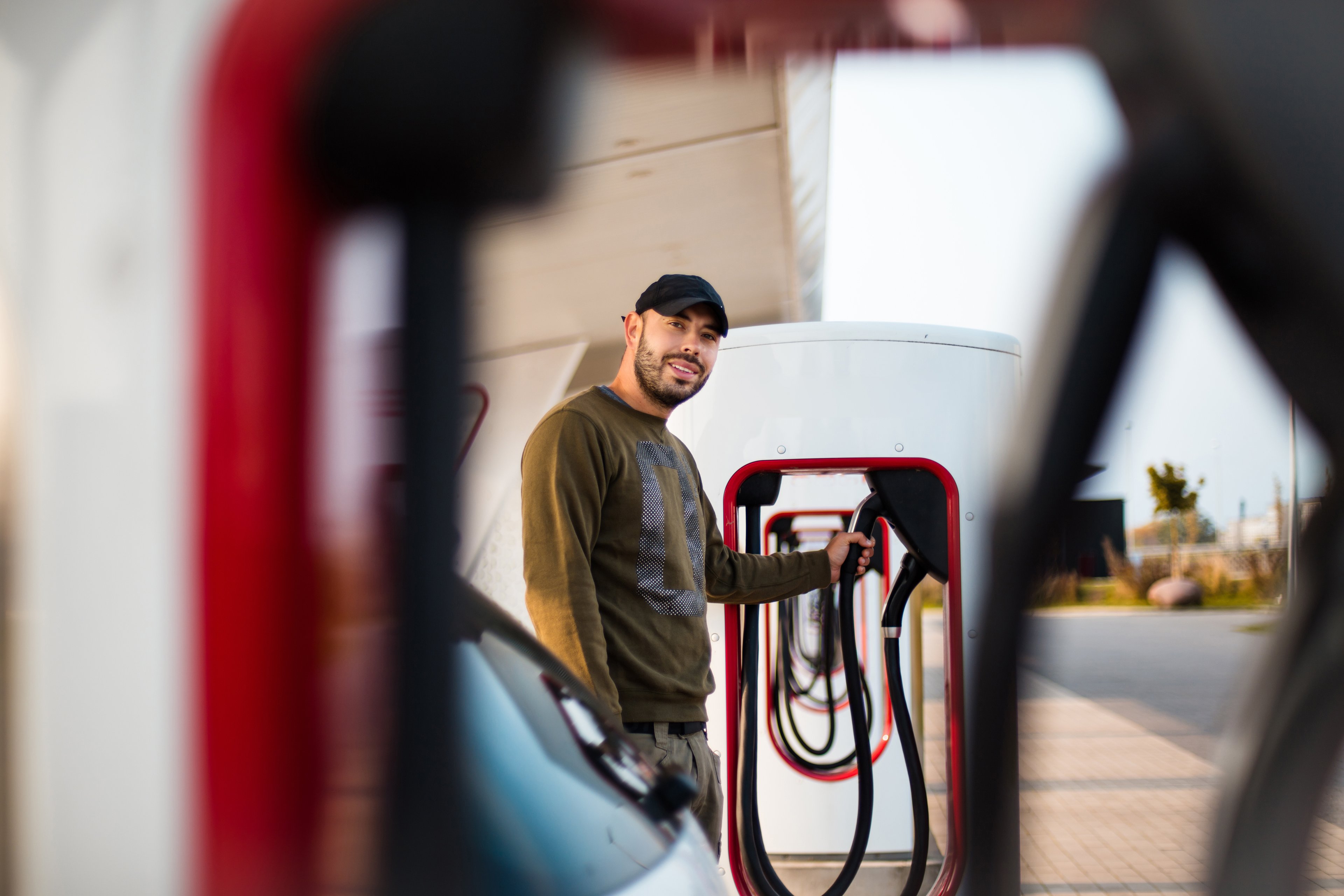
"Big corporations know the importance of marketing and they are willing to pay for it," wrote Patricia Laya in a 2011 article for Business Insider. She then went on to cite some big spenders in 2010, Ford (F 1.45%) among them. At $3.9 billion in ad spending, advertising was certainly a priority for Ford in 2010. Of course, that hasn't changed. In 2012, the figure was even larger, at $4 billion. But not all auto manufacturers follow Ford's path of heavy ad spending. Tesla (TSLA 0.24%), a much smaller auto company, marches to a totally different tune. The company doesn't spend any money on advertising.
How does Tesla get away with it?
Tesla's marketing advantage
To be fair, Ford is a much larger company than Tesla. In Ford's most recent quarter, the company recorded revenue of $32.1 billion. Tesla reported just $603 million in non-GAAP revenue during the same period. The disparity is a chasm. These two companies are certainly playing in entirely different ballparks. If Tesla were Ford's size, it would definitely be spending large amounts on advertising, too.
But Tesla isn't Ford's size. Sure, Tesla's much smaller size certainly has something to do with Tesla's advertising budget of zero. But there's more to the story: Tesla's unique value proposition may enable the company to go without a meaningful advertising budget for years. As the world's most successful manufacturer of all-electric vehicles, Tesla stands alone with a value proposition that spreads like wildfire. Among other things, here are a few of Tesla's bragging rights:
- 265 miles of all-electric driving range
- An aggressively expanding Supercharger network to enable long-distance all-electric travel
- Motor Trend "Car of the Year"
- Safest car ever tested by NHTSA (including all minivans and SUVs)
- 99 out of a possible 100 points from Consumer Reports
While the last three points are almost certainly not sustainable, the first two will likely provide Tesla a viral marketing proposition for years. Even if another long-range electric alternative hits the market, Tesla is the only all-electric manufacturer. This gives it unique branding -- unique enough to inspire conversations at the dinner table.
Tesla's marketing strategy
Whether it was intentional or not, Tesla does get advertising. But it comes free of charge. Its advertising comes in the form of word-of-mouth marketing. In the company's third-quarter letter to shareholders, Tesla management explained: "As more people see our car on the road, take a test drive or talk with another Model S owner, more demand is created for our product. Demand exceeds supply, despite no advertising, no discounts and no paid endorsements."
Management has highlighted this word-of-mouth phenomenon in other letters to shareholders, such as this quote from the fiscal 2013 Q1 letter: "Importantly, we are seeing orders in a particular region increase proportionate to the number of deliveries, which means that customers are selling other customers on the car."
During Tesla's third-quarter earnings call, the company gave an example of just how viral Model S sales are. After Tesla CFO Deepak Ahuja explained that Tesla is seeing "pretty good initial demand in China" after a soft opening, CEO Elon Musk clarified just how soft this opening was: "We are not really even trying. [...] It is word of mouth -- maybe -- just not really anything beyond that."
Why it matters
If Tesla came in as a typical ICE manufacturer and tried to compete with the big dawgs, it likely wouldn't have been unique enough to withstand the big marketing budgets of players like Ford and General Motors. But as a pure play in electric vehicles, Tesla is different enough to rely on word-of-mouth marketing as it ramps up sales.
Tesla needs every dollar it can get its hands on. Supply-limited Tesla should be feeding money into more important matters like production, bottleneck issues, and R&D. Fortunately for Tesla, as long as demand for its vehicles significantly exceeds supply, it won't need to spend on advertising like its competitors do.







